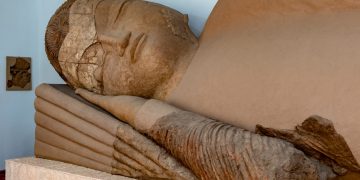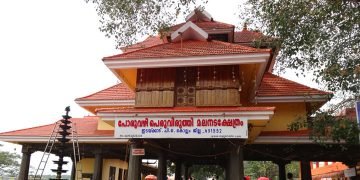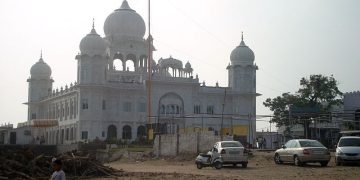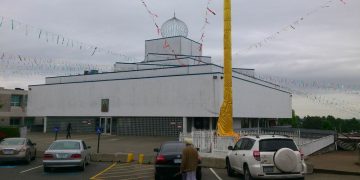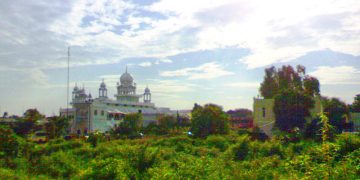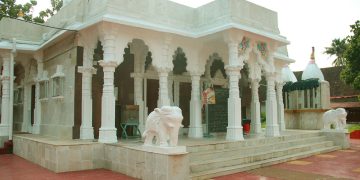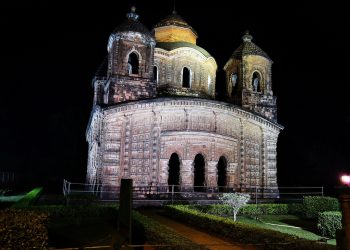The temple is dedicated to Goddess Yamuna and has a black marble idol of the goddess.The hike from Hanuman Chatti to Yamunotri is very picturesque with beautiful views of a number of waterfalls.
Shrine’s History
Yamunotri temple has a shrine dedicated to the goddess. There is also an 18th-century temple at Gangotri, it was built by Amar Singh Thapa, it was damaged and re-innovated in the 19th century.The temple has been destroyed twice by snow and floods before being rebuilt.It is located on the backdrop of Bandarpunch.The temple is part of the revered Char Dham pilgrimage circuit.
.jpg)

Architectural Relevance of This Shrine
The shrine at the Yamunotri temple made of black marble is being constructed by Maharaja Pratap Shah of Tehri Garhwal.

Shrine’s Map Location and How to Go There
By Road
The best route to visit Yamunotri is via Dehradun and Barkot. Just in case you are coming from Haridwar-Rishikesh then the road to Yamunotri diverts from Dharasu bifurcation point. Yamunotri is Well connected to Haridwar , Dehradun , Chamba, Tehri, Barkot, Hanuman Chatti and Janki Chatti. Hanuman Chatti to Phool Chatti is 5 km by jeep, 3 km Phool Chatti to Janki Chatti on foot and 5 km from Janki Chatti to Yamunotri by trek , the road ahead for Yamunotri is connected by bus services of Samyukt Rotation Yatayat Vyavstha Samiti to Rishikesh, Haridwar and other major centres in the region.
By Rail
The Nearest railway station is Railhead Rishikesh 213 km & Dehradun,172 km.
By Air
The nearest airport is Airport Jolly Grant,196 km. from Yamunotri via Dehradun
Shrine Timings
The temple opens on Akshaya Tritiya in the month of May and closes on Yama Dwitiya or the next day of Diwali in November.
Extra Information About this Shrine
The temple opens on Akshaya Tritiya and closes on Yama Dwitiya or the second day after Diwali, November for the winter. A little ahead is the actual source of the river Yamuna which is at an altitude of about 4,421 metres approximately. Two hot springs are also present at Yamunotri offering relief to tired hikers at a height of 3,292 metres , Surya Kund, has boiling hot water, while Gauri Kund, had tepid water suitable for bathing The spring water is said to be hot enough to cook rice and potatoes. Lodging at the temple itself is limited to a few small ashrams and guest-houses. Ritual duties such as the making and distribution of prasad and the supervision of pujas are performed by the Uniyal family of pujaris . Unique aspects of ritual practice at the site include hot springs where raw rice is cooked and made into prasad.



